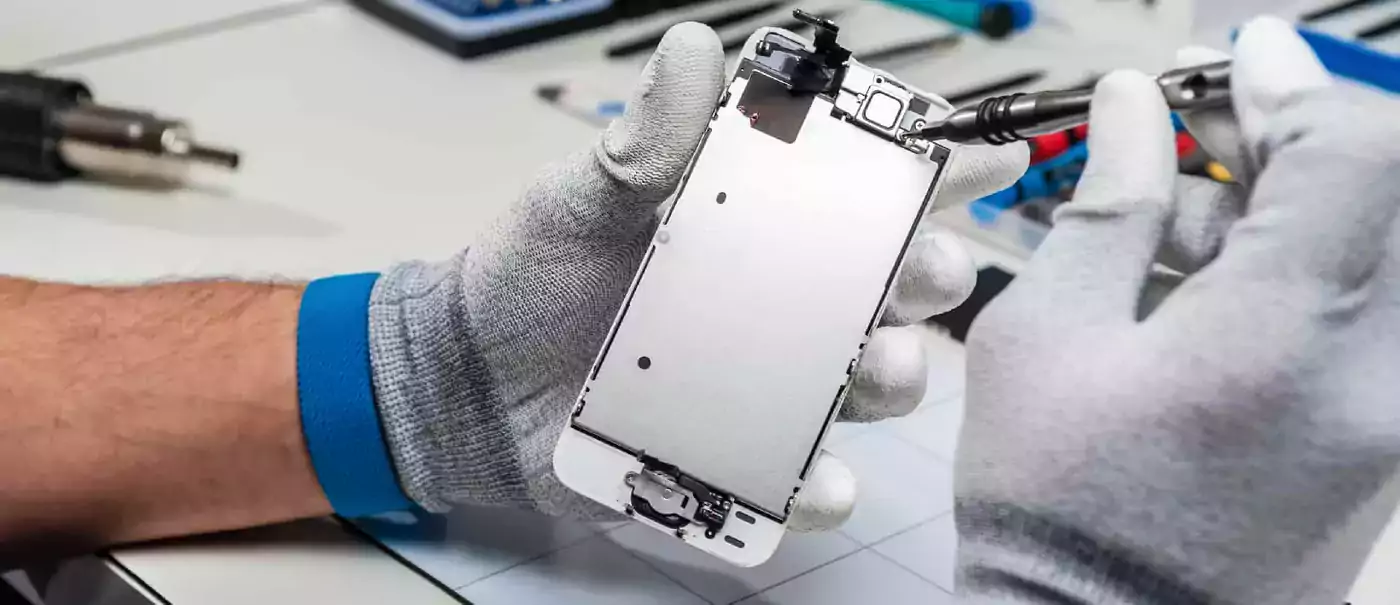Apple are to officially support users repairing their own iPhones for the first ever time. ‘Self Service Repair ‘will allow customers to buy genuine Apple parts and tools, as well as the instructions required to use them, when they need to fix their own phones.
Under the new programme, customers will be able to repair broken displays or cameras, or replace batteries that have become aged, for instance.
The new program comes amid increasing pressure from the right to repair movement, which argues that making it difficult to fix one’s own devices is unsustainable and unfair.
“Creating greater access to Apple genuine parts gives our customers even more choice if a repair is needed,” said Jeff Williams, Apple’s chief operating officer.
“In the past three years, Apple has nearly doubled the number of service locations with access to Apple genuine parts, tools, and training, and now we’re providing an option for those who wish to complete their own repairs.”
While Apple offers other ways to have devices repaired, and the option to trade in old devices to be re-used or recycled, until now individual customers have not been officially supported if they want to make repairs themselves.
Customers will be asked to make sure they are comfortable doing their own repairs before receiving the parts, and be led through a series of documents to make sure they understand the full complexity of any given repair. If the work goes wrong, customers will be able to take it to official providers to have it done by a professional, when they will have to pay for the repair.
The new Self Service Repair programme will sit alongside the thousands of service providers, some of which are authorised by Apple and others that run as independent businesses.
Apple says that it still expects a visit to a professional repair provider to be the “safest and most reliable” approach “for the vast majority of customers”. The new service is intended “for individual technicians with the knowledge and experience to repair electronic devices” it said, given that it can require precise and potentially damaging work with very small and intricate parts.
If a customer opts to conduct their own repairs, they will sign up online through a third-party provider. They will then be sent the relevant parts and instructions to conduct the repair, and will be asked to return the broken parts for recycling – with the final price contingent on sending those parts back.
Self Service Repair will initially launch in the US for the iPhone 12 and 13. It will come to Mac computers with M1 chips later, and will expand to other countries in 2022.
Apple indicates that it has been working on the repairability of those devices during the design process, and that the latest phones are the most repairable devices it has made.
At first, it will offer 200 individual parts and tools that will be available to conduct the most common repairs – such as the display, battery and camera – on the two most recent iPhone lines. Support for other kinds of repairs will come later this year.
The rules for warranty will stay the same. If a customer does a repair and damages the device, that will impact the warranty, but the fact of carrying out the repair will not change or limit the ability to get other repairs done under warranty later on.



